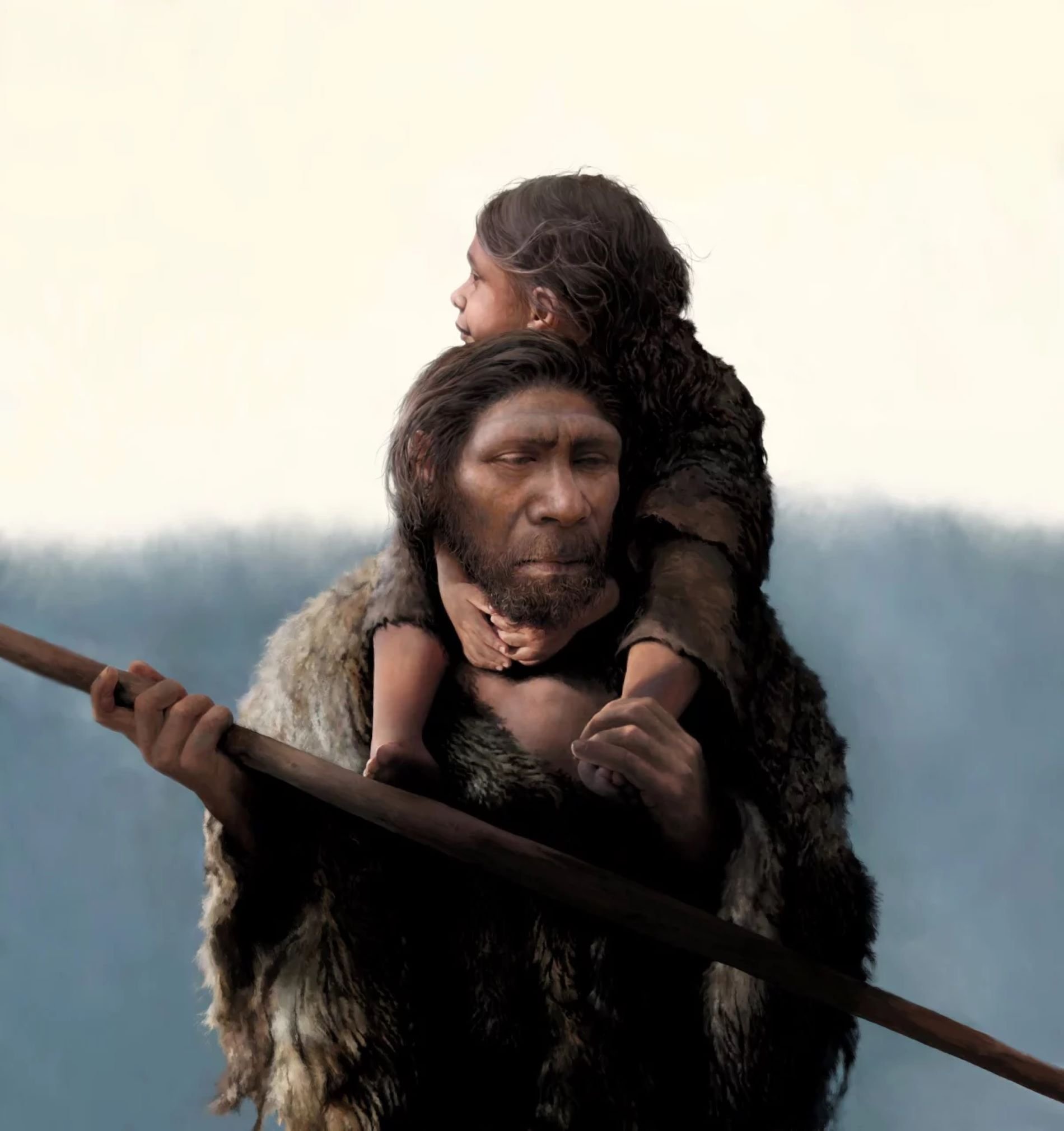About some aspects of their history, until their extinction around 40,000 years ago, we already know a lot. But what was a Neanderthal family like? Basically, mothers migrated and fathers stayed at home. This was revealed this Wednesday by an international team led by researchers from the Max Planck Institute for Evolutionary Anthropology, among whom is the 2022 Nobel Prize in Medicine: Svante Päabo, of Sweden. Scientists have sequenced the genomes of thirteen individuals from a Neanderthal community in Siberia, including several people who were members of the same family - most notably, a father and his teenage daughter. With sequenced genomes, the social organization of a Neanderthal family has been described for the first time.
Thus, it appears that this Neanderthal community was a family group of ten to twenty members, which was connected through female migration. This is the main conclusion of the research published in the journal Nature, which focuses on the remains found in the Chagýrskaya and Okládnikov caves (located on the Russian border with China and Kazakhstan). The Neanderthals occupied these areas about 54,000 years ago and now remains of 18 individuals have been recovered, which include the thirteen individuals mentioned: seven men and six women; eight adults and five young people. It is the highest number ever sequenced in a single study, in which multiple heteroplasmies, shared between individuals, have been identified. Heteroplasmies are a genetic variant that persists for only a few generations.
Female migration
Neanderthals in these areas of Siberia are known to have hunted goats, horses, bison and other animals that migrated through the river valleys where the caves were located. They made journeys of dozens of kilometres to collect raw materials for their stone tools, which supports the genetic data showing how closely related the individuals were. But they did not descend from the Neanderthals of the Altai massif in Siberia, but rather, were more closely related to Europeans. Their tools are very similar to those of the Micoquien, the paleolithic industry identified in Germany and Eastern Europe.
A doubt arises here, since it is known that Neanderthals did not live in completely isolated communities. The scientists compared the genetic diversity of the Y chromosome (which is inherited from fathers) with the diversity of mitochondrial DNA (which is inherited from mothers). They were thus able to answer the question: who migrated, the fathers or the mothers? Mitochondrial genetic diversity was much higher than that of the Y chromosome, so it appears that Neanderthal communities were linked by female migration. But these migrations did not involve Neanderthals from the Altai massif, as no evidence of such gene flow has been found in Chagýrskaya Neanderthals in the 20,000 years before these individuals lived.
Life, death, diversity and extinction
Beyond the father and his teenage daughter, researchers have found a pair of second-degree relatives: a boy and an adult woman, who may be a cousin, an aunt or a grandmother. Furthermore, the heteroplasmies suggest that the Chagýrskaya Cave Neanderthals lived and died at roughly the same time. The first author of the study, Laurits Skov, celebrates that "the fact that they were living at the same time is very exciting". "This means that they probably come from the same social community. For the first time, we can use genetics to study the social organization of a Neanderthal community," he explains.
On the other hand, the team of researchers was surprised by the fact that genetic diversity is extremely low in this Neanderthal community. As this is a group of between ten and twenty individuals, this is a much lower genetic diversity than any ancient or present human community. In fact, it is more similar to that of endangered species groups. The last author of the study, Benjamin Peter, simply says that as a whole it "makes the Neanderthals look more human". "Our study provides a concrete picture of what a Neanderthal community could have been like," he concludes.

